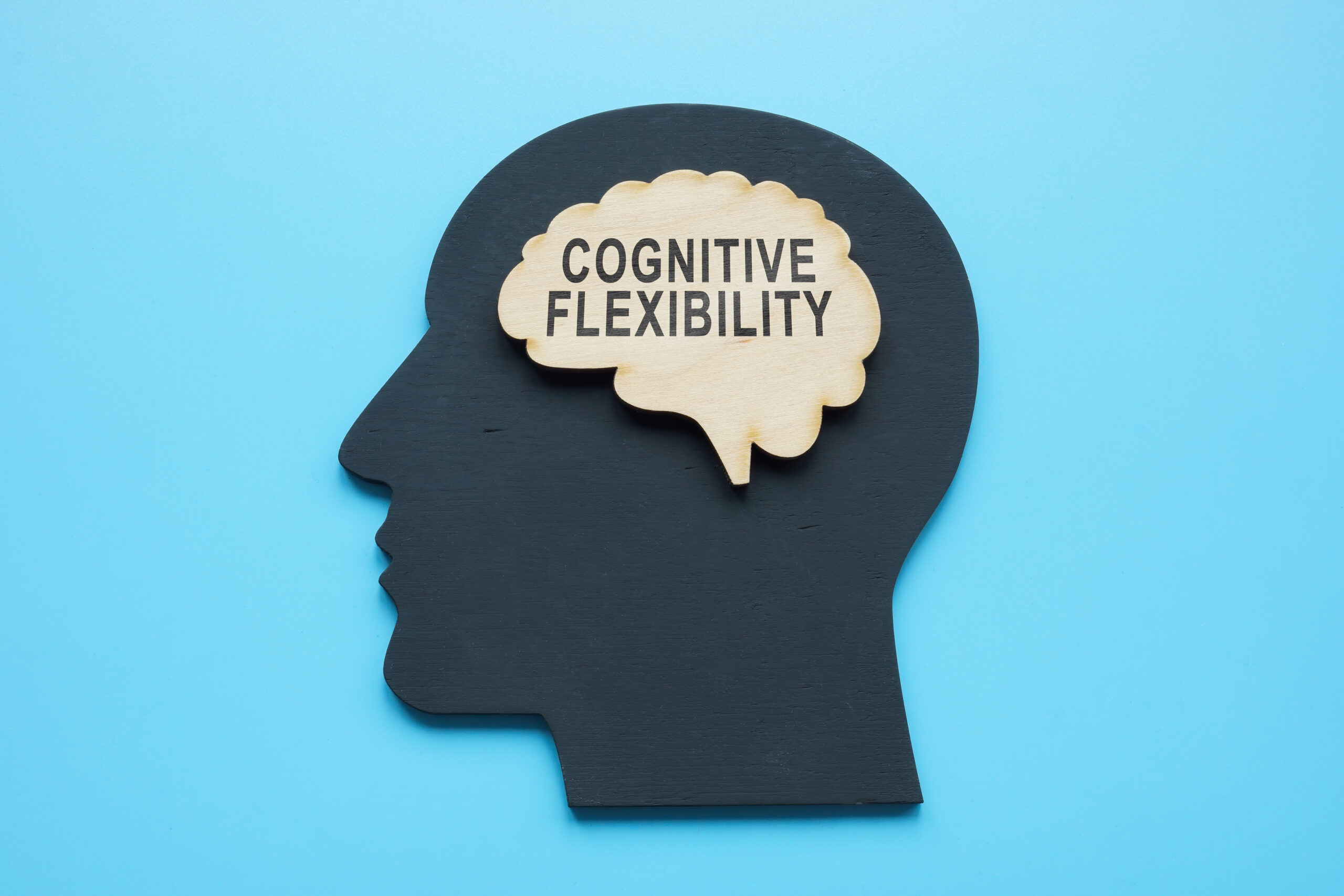Tell me about visual spatial memory difficulties
Visual spatial memory difficulties are a common type of learning disability that affects the way a person processes and remembers visual information. This can make tasks such as reading, writing, and math more challenging for individuals who struggle with visual spatial memory.
To understand visual spatial memory difficulties, it is important to first understand what visual spatial memory is. Visual spatial memory is the ability to perceive, recall, and manipulate spatial relationships between objects in our environment. This includes our ability to visualize and remember information such as shapes, colors, sizes, and locations of objects.
Individuals with visual spatial memory difficulties may have trouble with tasks that require them to manipulate and mentally rotate objects in their mind, or remember the order and location of items. For example, they may have difficulty remembering the order of letters or numbers in a sequence, or have trouble understanding and following maps and diagrams.
These difficulties can manifest in various ways and may present differently in different individuals. Some common signs of visual spatial memory difficulties include:
1. Difficulty with visual tasks: Individuals with visual spatial memory difficulties may struggle with tasks that involve visual information such as copying shapes or patterns, putting puzzles together, or drawing.
2. Poor handwriting: As handwriting involves spatial awareness and motor coordination, individuals with visual spatial memory difficulties may have illegible handwriting due to their struggles with spatial relationships.
3. Disorganized space: People with this type of learning disability may struggle with organizing their physical spaces, such as their desks or lockers. They may also have a hard time keeping track of their belongings and often lose things.
4. Trouble following directions: Due to their difficulty with mental rotation and visualization, individuals with visual spatial memory difficulties may have trouble following verbal or written instructions that involve spatial relationships, such as “put the red block on top of the blue block”.
5. Difficulty with math: Math involves many visual-spatial skills, such as understanding geometric shapes, spatial relationships in graphs and tables, and manipulating numbers in different positions. Therefore, individuals with visual spatial memory difficulties may struggle with math concepts and calculations.
While the exact cause of visual spatial memory difficulties is still unknown, research suggests that it may be a result of differences in brain structure and function. Some studies have shown that individuals with visual spatial memory difficulties may have differences in the way their brains process and store visual information.
If you are concerned that you or someone you know may have visual spatial memory difficulties, it is important to seek professional help. A comprehensive evaluation by a qualified professional, such as a psychologist or neuropsychologist, can provide an accurate diagnosis and help identify strategies to manage and overcome these difficulties.
There are also various strategies and accommodations that can be implemented to support individuals with visual spatial memory difficulties. Some of these include:
1. Visual aids: Using visual aids such as diagrams, pictures, or color-coding can help individuals with visual spatial memory difficulties better understand and remember information.
2. Multi-sensory learning: Combining visual information with other senses, such as touch or movement, can help individuals with visual spatial memory difficulties better process and retain information.
3. Break tasks into smaller steps: Breaking down complex tasks into smaller, more manageable steps can make them less overwhelming for individuals with visual spatial memory difficulties.
4. Use technology: There are many assistive technology tools available that can help individuals with visual spatial memory difficulties, such as speech-to-text software or digital planners.
5. Practice spatial awareness: Engaging in activities that require spatial awareness, such as puzzles or building blocks, can help improve visual spatial memory skills.
With the right support and accommodations, individuals with visual spatial memory difficulties can learn to manage their difficulties and succeed in school and other areas of their lives. It is important to remember that everyone learns differently and that having a learning disability does not define a person’s intelligence or potential.
In conclusion, visual spatial memory difficulties can make everyday tasks and academic activities more challenging for individuals who struggle with this type of learning disability. However, with the right support and accommodations, individuals with visual spatial memory difficulties can learn to manage and overcome their difficulties, and reach their full potential.





